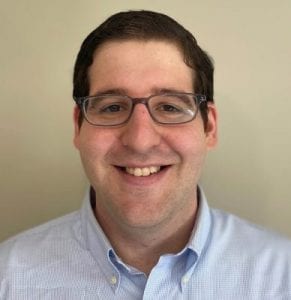
By Judy Benson
Oversimplified, shoreline beaches are where the sand meets the sea.
Too often, this two-dimensional view has become the foundation of efforts to restore storm and erosion-battered beaches on Long Island Sound and other coastal areas. These projects mainly seek to widen the flat open sand swathe to maintain maximum recreational worth and protect nearby areas from storm and flood damage. Dune grass, beach pea, and the dunes these and other plants inhabit along the shore have largely been left out of the equation.
But thanks to a new marine and coastal economics fellowship created by Connecticut Sea Grant, a Yale University doctoral candidate will spend the next year and a half developing restoration tools that account for the real-world complexity and value of natural and manmade features beyond the sand. The fellowship is funded with $20,000 of the federal funds allocated to CT Sea Grant.
“I’ve been interested in coastal ecosystems since I was young, growing up in Miami,” said Ethan Addicott, 29, who is pursuing his doctorate in environmental and resource economics at Yale and was chosen for the fellowship post. “I’m working to quantify the relationship between healthy dune ecosystems and property values, to enhance the relationship between natural resources and management decision making.”
CT Sea Grant Director Sylvain De Guise said Addicott’s project will accomplish the two main goals of the new fellowship. It was created to help train a new generation of students in marine and coastal economics, and to give coastal communities new resources to draw on in making decisions about threatened coastal areas.